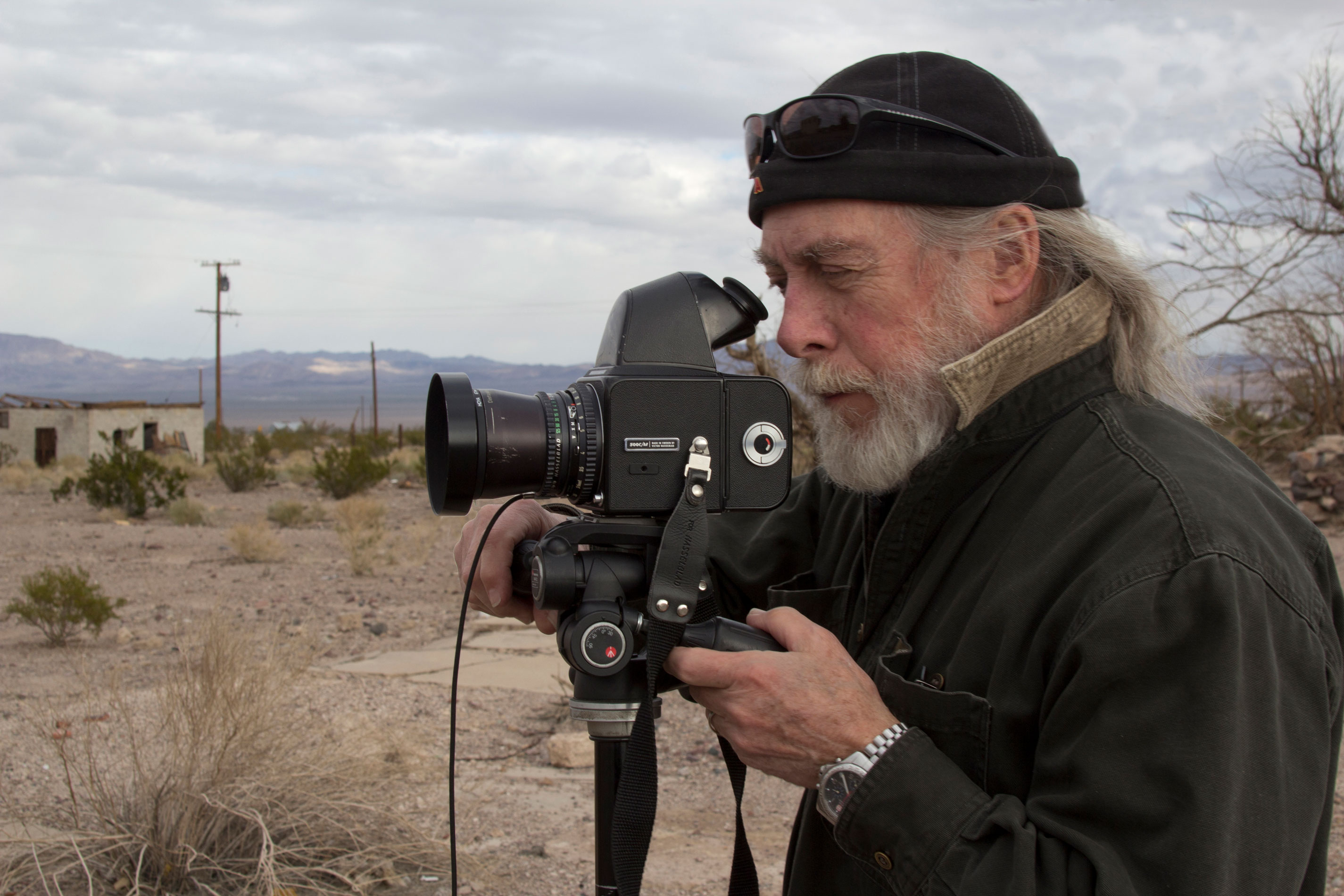
Ray Carofano, born 1942 in New Haven, Connecticut, is an American photographer who lives and works in the Los Angeles port town of San Pedro, CA. He studied at Quinnipiac College, Southern Connecticut State College & Paier School of Art. His self-education in photography began at an early age when his parents gave him a complete set of The Encyclopedia of Photography.
Life and Work
Carofano’s career in photography spans over fifty years, first as a hobby, then a passion, and finally, a profession. In 1969 he started Ray Carofano Photography Inc., specializing in product photography with special effects. When he wasn’t shooting ads and brochures for clients he would be doing his own personal work. In 1991 he began focusing more on fine art work and less on commercial work.
Carofano’s early work was mostly street photography; images of marginalized people on the fringe of society inspired by the sight of railroad “hobos” he’d witnessed as a boy. In 1998 he began Faces of Pedro, formal studio portraits of local “characters”. Bill Kouwenhoven contributing editor to HotShoe Magazine wrote; “Ray’s portraits are haunted by the haggard visages and dark shadings that speck of those moving through long nights looking for something that was, and might never be again.” Carofano’s decades-long Faces of Pedro reflects his ongoing concern with this early passion.
Carofano's subjects have shifted during his career, beginning with figurative subjects - even human feet - and moving towards landscapes and the Mojave Desert. The desert, and the detritus left by inhabitants long gone, started in 1993 and is on going. Broken Dreams, the 23-year project, examines the disconnect between the American dream of independence and the realities of social isolation. These subjects were further explored in his series Terrene and High Tension. The Terrene photographs reveal the artist’s penchant for documenting the environment as it cycles from life to death, desolation to renewal. His most recent work, riverrun, shot entirely in color, documents the Los Angeles River. Carefully framed images reveal the not-so-hidden majesty of the concrete, the smooth lines of the river’s channel and its functionality. Sophisticated geometry, atmospheric light and color, and rightness of scale lend these images a painterly quality.
Criticism and Commentary
In 2014 "Looking at Images", Brooks Jensen wrote of Carofano's Mystical Transformation photo series: " His highlights are sharp and precise, while the shadows are diffused. He combines the fully conscious and the deeply subconscious in his graphical images”. [2]
Karen Sinsheimer, Curator of the Santa Barbara Museum of Art, described Carofano's work this way: "Whether the subject matter is of the human body, man-made structures or nature, Ray Carofano’s images are anything but commonplace. An artist who works solely with the camera, his subjects are reality-based yet he renders them with fresh vision. His indeterminate, desolate landscapes of matter mostly burnt, dying or dead are profoundly evocative, depending on the “psyche” of the viewer. To some, they suggest tranquil beauty, to others mystery and death. Carofano’s landscapes seem infused with metaphysical meaning[4]."
Carol McCusker, Curator of the Harn Museum of Art, wrote: “In Carofano’s photography is a sense of deep time, history, erosion, decay, passage and renewal. He takes these abstract ideas and literally allows them to abstract the things he is drawn to. The edges of his world blur, creating images at once literal and metaphoric, apocalyptic and expectant. They are transcendent, reconciling the forces of nature with man’s optimistic attempt at permanence; within each a recurring cycle of cultural death and exultant rebirth.
Sheridan V.Merritt, Professor Emeritus University of La Verne, wrote an essay for the riverrun exhibition catalog, at the Irene Carlson Gallery of Photography. This is an excerpt: "I must admit, when I began viewing Ray Carofano’s images of the Los Angeles Flood Channel I did not expect—did not intend—to find beauty, tenderness, resilience, or reason for optimism there. I was pleasantly surprised. For example, using the concrete channel walls and floor as backdrop and reflective sheets of water as mirrors, Carofano captures haunting kaleidoscopic images that lift the virtual conversation above the mundane coarseness of rebar, concrete slabs, and engineering genius to the possibility of transformation, even restoration.[5]"
Collections
His work can be found in the permanent collections of the Museum of Fine Arts, Houston, TX, University of Texas, Gernsheim Collection, Austin, TX. Santa Barbara Museum of Art, Santa Barbara, CA., Museum of Photographic Arts, San Diego, CA., Galera de Arde Fotografo, San Miguel Allende, MX, Fototeca de Cuba, Havana, Cuba and many private and corporate collections here and abroad.